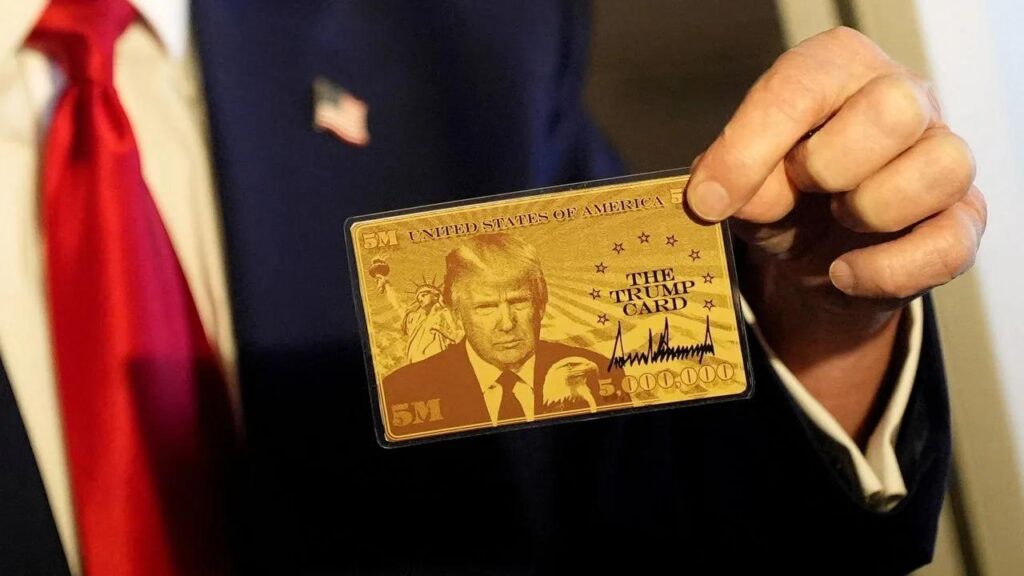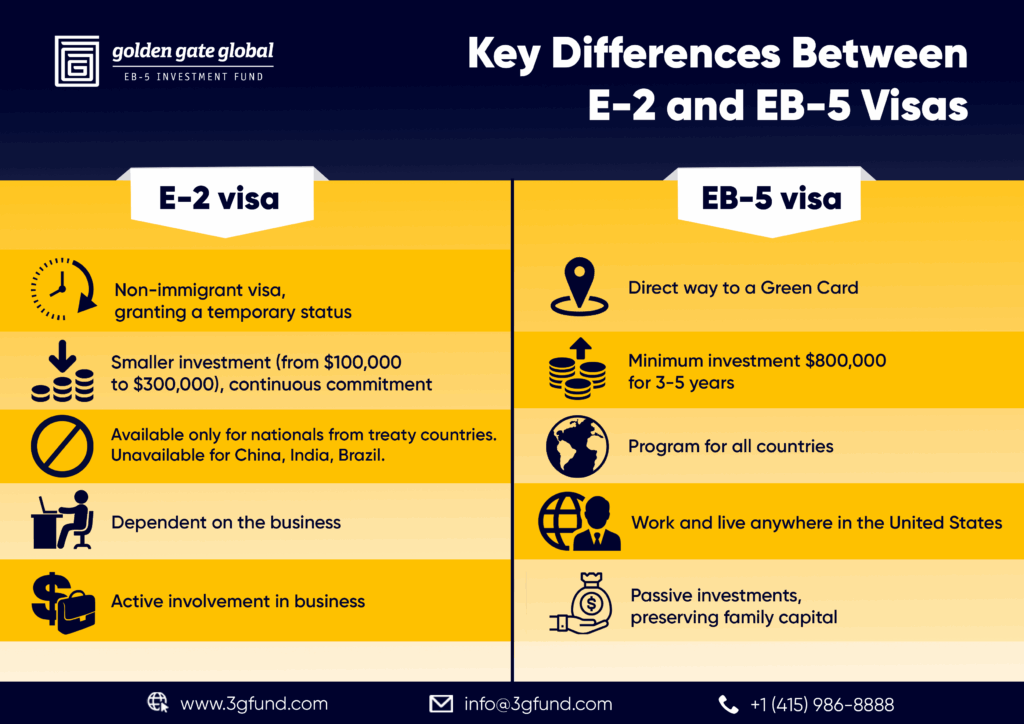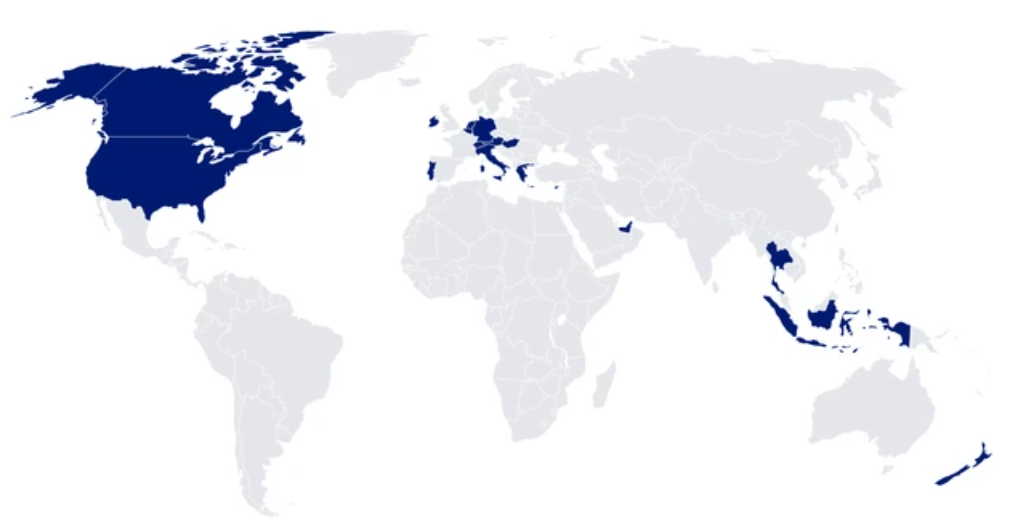President Donald Trump has unveiled a bold new immigration initiative: the $5 million “Gold Card” visa. This program aims to offer ultra-wealthy individuals a direct path to U.S. residency—and potentially citizenship—without the traditional requirements of job creation or business investment. While the proposal has garnered significant attention, it also raises questions about equity, legality, and its potential impact on American society.

Trump’s $5 Million Gold Card
| Takeaway | Stat |
|---|---|
| Investment Requirement | $5 million |
| Job Creation Requirement | None |
| Tax on Foreign Income | Exempt |
| Projected Revenue (10 million cards) | $50 trillion |
| EB-5 Visa Investment Requirement | $800,000–$1.05 million |
The Gold Card represents a radical shift in U.S. immigration policy, offering a fast track to residency for the ultra-wealthy. While it has attracted interest from high-net-worth individuals worldwide, the program faces significant legal, ethical, and practical challenges. As the debate continues, it remains to be seen whether the Gold Card will become a reality or remain a controversial proposal.
What Is the Gold Card?
The Gold Card is a proposed immigration program that would grant U.S. permanent residency—and potentially citizenship—to foreign nationals who invest $5 million directly into the U.S. government. Unlike the existing EB-5 visa, which requires investment in a U.S. business and the creation of at least 10 American jobs, the Gold Card has no such stipulations. President Trump has touted the program as a way to attract “wealthy and successful” individuals who will “spend a lot of money and pay a lot of taxes” in the U.S.
How Does It Differ from the EB-5 Visa?
The EB-5 Immigrant Investor Program, established in 1990, allows foreign investors to obtain U.S. residency by investing between $800,000 and $1.05 million in a U.S. business that creates or preserves at least 10 full-time jobs for American workers. In contrast, the Gold Card requires a $5 million payment directly to the U.S. government, with no specific investment or job creation requirements. This makes it more accessible to those who have the means but prefer a simpler route to residency.

Who Is Interested?
Immigration attorneys report a surge in inquiries from ultra-high-net-worth individuals across the globe, including clients from India, Pakistan, Egypt, and Russia. Many are drawn to the program’s promise of a streamlined path to U.S. residency without the complexities of traditional visa programs. Some are also enticed by the potential tax benefits, as the Gold Card reportedly exempts holders from U.S. taxes on foreign income.
Legal and Ethical Concerns
Despite the interest, the Gold Card program faces significant legal hurdles. Implementing such a program would likely require amendments to both the Immigration and Nationality Act and the U.S. tax code. As of now, no such legislation has been introduced in Congress, raising questions about the program’s legal foundation.
Critics also argue that the program creates a two-tiered immigration system, favoring the wealthy while others face lengthy and complex processes. Late-night television hosts have mocked the proposal, with Jimmy Kimmel comparing it to a casino’s customer rewards program.

Potential Economic Impact
Proponents of the Gold Card argue that it could generate significant revenue for the U.S. government. President Trump has suggested that selling 10 million Gold Cards could raise $50 trillion, enough to pay off the national debt.
However, experts caution that such projections are unrealistic. Additionally, there are concerns that the program could exacerbate the U.S. housing affordability crisis. If wealthy foreign investors use the Gold Card to purchase real estate, it could drive up home prices, particularly in urban centers, making it harder for local residents to afford homes.
Current Status
As of now, the Gold Card program has not been officially launched. Despite initial announcements and promises of an imminent rollout, there is still no official website or documentation available, leading to doubts about the program’s legitimacy.
FAQs
What is the Gold Card visa?
The Gold Card is a proposed U.S. immigration program that would grant permanent residency—and potentially citizenship—to foreign nationals who invest $5 million directly into the U.S. government. Unlike the EB-5 visa, it has no job creation or business investment requirements.
How does the Gold Card differ from the EB-5 visa?
The EB-5 visa requires an investment of $800,000–$1.05 million in a U.S. business that creates at least 10 American jobs. The Gold Card requires a $5 million payment to the U.S. government with no specific investment or job creation requirements.
Is the Gold Card program currently available?
As of now, the Gold Card program has not been officially launched. There is no official website or documentation available, and the program’s legitimacy has been questioned.
What are the potential benefits of the Gold Card?
Proponents argue that the Gold Card could attract wealthy individuals who would contribute to the U.S. economy through spending and taxes. It could also generate significant revenue for the government.
What are the criticisms of the Gold Card?
Critics argue that the Gold Card creates a two-tiered immigration system favoring the wealthy, lacks legal foundation, and could exacerbate issues like housing affordability in urban centers.






